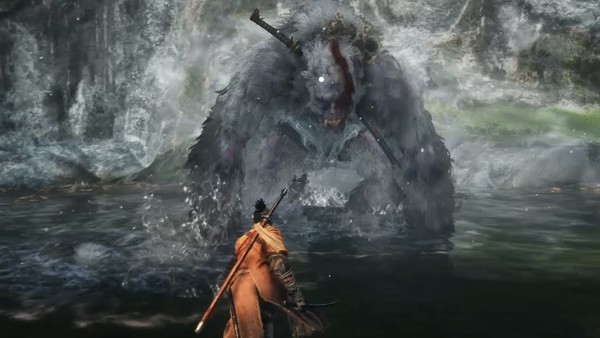7 Things Nobody Wants To Admit About Sekiro: Shadows Die Twice
4. Animation Priority Can Be A Massive Problem

This is clearly a design choice, but something that's carried over from the Soulsborne series, when it should have been amended.
See, those older titles were notably slower than what we have in Sekiro. Bloodborne and Dark Souls 3 are the closest comparisons in terms of sheer pace, but Shadows Die Twice introduces unblockable attacks, and it really likes to doll them out at times when you couldn't do anything but absorb the blow.
To explain, we need to get very granular with how Sekiro handles player inputs.
Rather than a system akin to something like Dead Cells - where a dodge or jump can interrupt any attack, climb animation etc. at any time, Sekiro "queues up" your inputs within a certain time window, occasionally resulting in additional swings if you've pushed the button again.
Now, it makes sense to remind the player of discipline - especially when it comes to button mashing. You should be mindful of what you're committing to, but where it gets strangely cheap, is after "committing" to a swing, in the time of that swing, it could be invalidated by an unblockable enemy animation.
Because you can't cancel out of your attack even if you register the on-screen symbol, it results in cheap deaths, despite you being more than aware of what needed to happen.